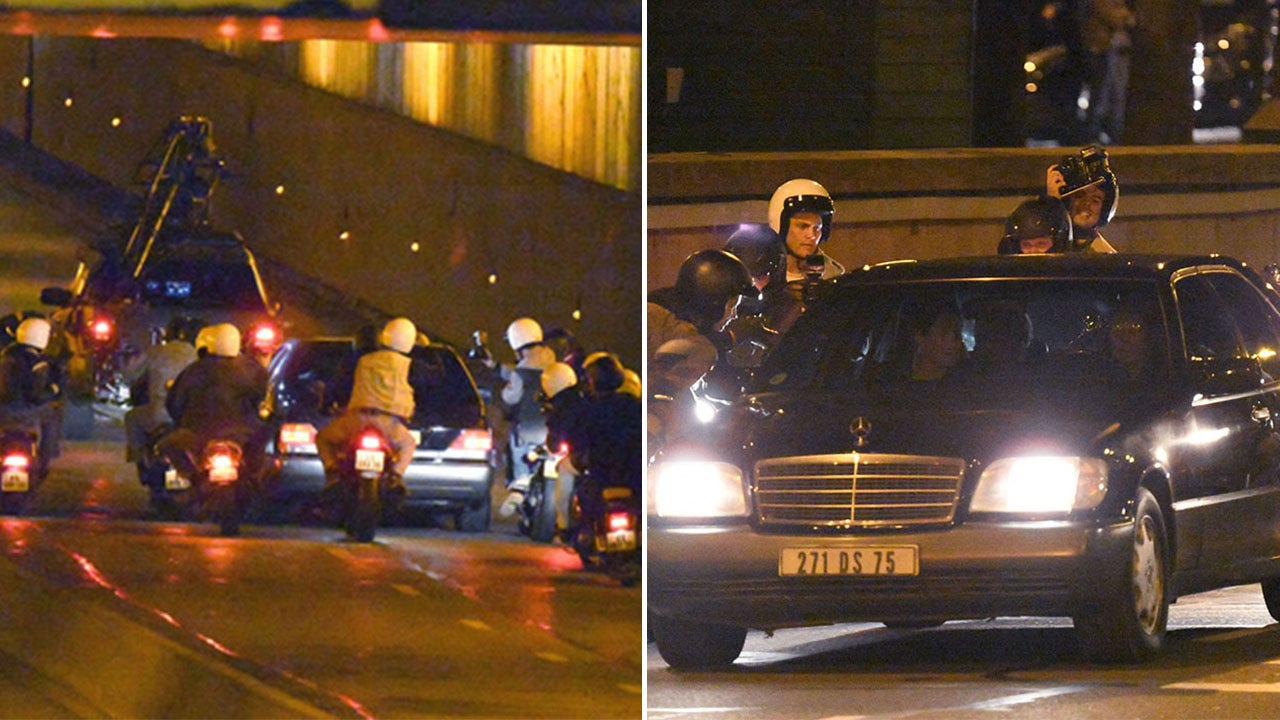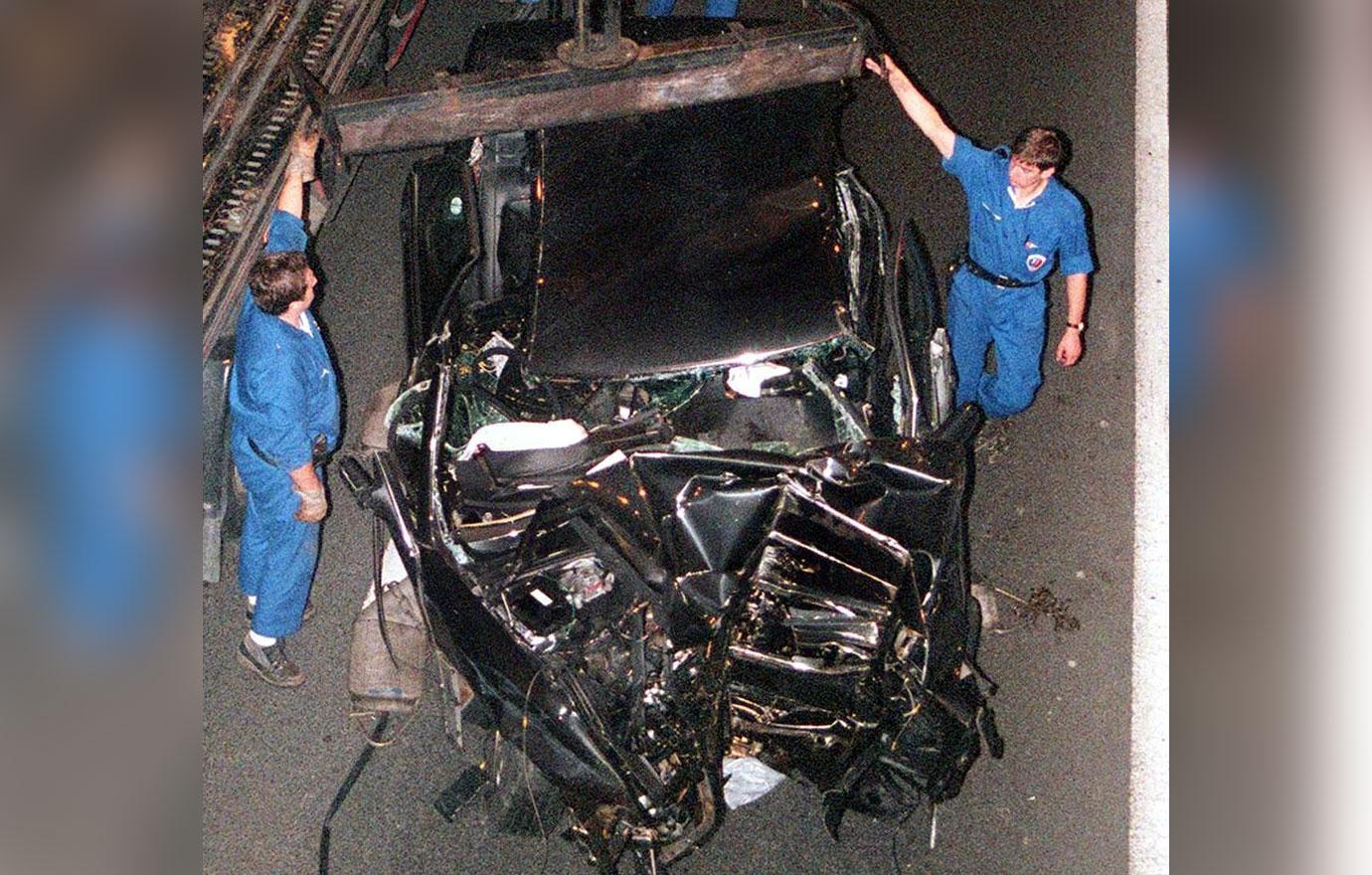Unveiling The Truth: Car Accident Princess Diana Photos
The tragic car accident involving Princess Diana remains one of the most significant events in modern history, capturing global attention and leaving an indelible mark on public consciousness. The images and photographs that emerged from that fateful night have fueled endless debates, conspiracy theories, and reflections on media ethics. This article dives deep into the events surrounding Princess Diana's car accident, examining the photographs that have become iconic symbols of tragedy, and exploring the broader implications they carry.
Princess Diana's legacy extends far beyond her royal duties, as she became a symbol of compassion, grace, and humanitarianism. Her untimely death in a car accident in Paris on August 31, 1997, shocked the world and left millions grieving. The photographs taken at the scene of the accident have since been scrutinized and analyzed, raising questions about the role of the paparazzi and the ethical boundaries of journalism.
This article aims to provide a comprehensive overview of the car accident Princess Diana photos, offering insights into their historical significance, the controversies surrounding them, and their impact on public perception. By examining the events in detail, we hope to shed light on this tragic event and its lasting legacy.
Read also:Rock Festivals 2025 Your Ultimate Guide To The Worlds Best Rock Music Extravaganza
Table of Contents
- Princess Diana: A Brief Biography
- Overview of Princess Diana's Car Accident
- Analysis of Car Accident Princess Diana Photos
- Media Ethics and the Role of Paparazzi
- Conspiracy Theories Surrounding the Accident
- Impact on Public Perception
- Legal Actions Taken
- Memorialization of Princess Diana
- Historical Significance of the Event
- Conclusion and Reflections
Princess Diana: A Brief Biography
Princess Diana, born Diana Frances Spencer on July 1, 1961, was a member of the British royal family and one of the most beloved public figures of her time. Below is a summary of her life and achievements:
Key Details About Princess Diana
| Full Name | Diana Frances Spencer |
|---|---|
| Birth Date | July 1, 1961 |
| Death Date | August 31, 1997 |
| Title | Princess of Wales |
| Spouse | Prince Charles |
| Children | Prince William and Prince Harry |
Princess Diana was known for her charitable work, particularly in areas such as AIDS awareness, landmine clearance, and children's welfare. Her compassion and ability to connect with people from all walks of life earned her the nickname "The People's Princess."
Overview of Princess Diana's Car Accident
On the night of August 31, 1997, Princess Diana, her partner Dodi Fayed, and their chauffeur Henri Paul were involved in a high-speed car crash in the Alma Tunnel in Paris. The accident occurred as the couple attempted to evade pursuing paparazzi, resulting in a tragic loss of life for all but one occupant of the vehicle.
Key Details of the Accident
- Location: Alma Tunnel, Paris
- Date: August 31, 1997
- Cause: High-speed pursuit by paparazzi
- Victims: Princess Diana, Dodi Fayed, and Henri Paul
Investigations revealed that the chauffeur, Henri Paul, was under the influence of alcohol at the time of the crash, further complicating the narrative surrounding the incident.
Analysis of Car Accident Princess Diana Photos
The photographs taken at the scene of Princess Diana's car accident have become some of the most controversial images in modern history. These images, captured by paparazzi in the immediate aftermath of the crash, sparked widespread outrage and debate about the ethics of photojournalism.
Key Characteristics of the Photos
- Close-up shots of the damaged car
- Images of emergency responders at the scene
- Glimpses of the victims inside the vehicle
These photographs have been scrutinized for their graphic nature and the invasion of privacy they represent. Many argue that the pursuit of these images contributed to the tragic outcome of the accident.
Read also:Halloween Barbie Costume A Comprehensive Guide To Glamorous And Spooky Looks
Media Ethics and the Role of Paparazzi
The car accident involving Princess Diana raised significant questions about media ethics and the role of paparazzi in modern journalism. The relentless pursuit of celebrities by photographers has often been criticized for prioritizing sensationalism over respect for privacy and human dignity.
Studies show that the paparazzi industry has grown significantly over the years, with some estimates suggesting a multi-billion-dollar global market. This demand for exclusive celebrity images often leads to dangerous behavior, as seen in the case of Princess Diana's accident.
Conspiracy Theories Surrounding the Accident
In the years following Princess Diana's death, numerous conspiracy theories have emerged, questioning the official narrative of the accident. Some theories suggest that the crash was orchestrated by powerful individuals or organizations, while others point to technical failures or external interference.
Common Conspiracy Theories
- Claims of a planned assassination
- Suggestions of sabotage on the vehicle
- Allegations of a cover-up by authorities
While these theories lack substantial evidence, they continue to fuel public curiosity and skepticism.
Impact on Public Perception
The car accident and the subsequent release of photographs profoundly impacted public perception of Princess Diana and the media. Many viewed the images as a violation of her final moments, leading to widespread condemnation of the paparazzi and calls for stricter regulations.
Research conducted by media watchdogs indicates a significant shift in public attitudes toward celebrity journalism following the incident, with increased emphasis on ethical standards and respect for privacy.
Legal Actions Taken
In the wake of Princess Diana's death, several legal actions were pursued to address the circumstances surrounding the accident. Investigations led by French authorities resulted in charges against some of the paparazzi involved, while the British inquiry into the crash produced a detailed report on its causes and contributing factors.
These legal proceedings highlighted the need for accountability in media practices and reinforced the importance of adhering to ethical guidelines.
Memorialization of Princess Diana
The legacy of Princess Diana continues to be celebrated through various memorials and initiatives around the world. From the Diana, Princess of Wales Memorial Fountain in London to numerous charitable programs inspired by her work, her memory lives on in the hearts of millions.
These memorials serve as a testament to her enduring impact and the profound effect she had on global humanitarian efforts.
Historical Significance of the Event
The car accident involving Princess Diana holds immense historical significance, not only as a tragic loss of a beloved public figure but also as a turning point in discussions about media ethics and celebrity culture. The photographs taken at the scene remain a powerful reminder of the consequences of unchecked pursuit of sensational stories.
Sources such as the British Royal Family archives and independent investigative reports provide valuable insights into the events surrounding the accident, underscoring the importance of preserving historical accuracy.
Conclusion and Reflections
The car accident involving Princess Diana and the photographs taken at the scene have left an indelible mark on history. This article has explored the events surrounding the tragedy, the controversies surrounding the images, and their broader implications for media ethics and public perception.
We invite readers to reflect on the lessons learned from this tragic event and consider the role of responsible journalism in today's world. Please feel free to share your thoughts in the comments section below, and explore other articles on our site for further insights into related topics.
Together, let us honor the memory of Princess Diana by promoting compassion, respect, and ethical standards in all aspects of life.


